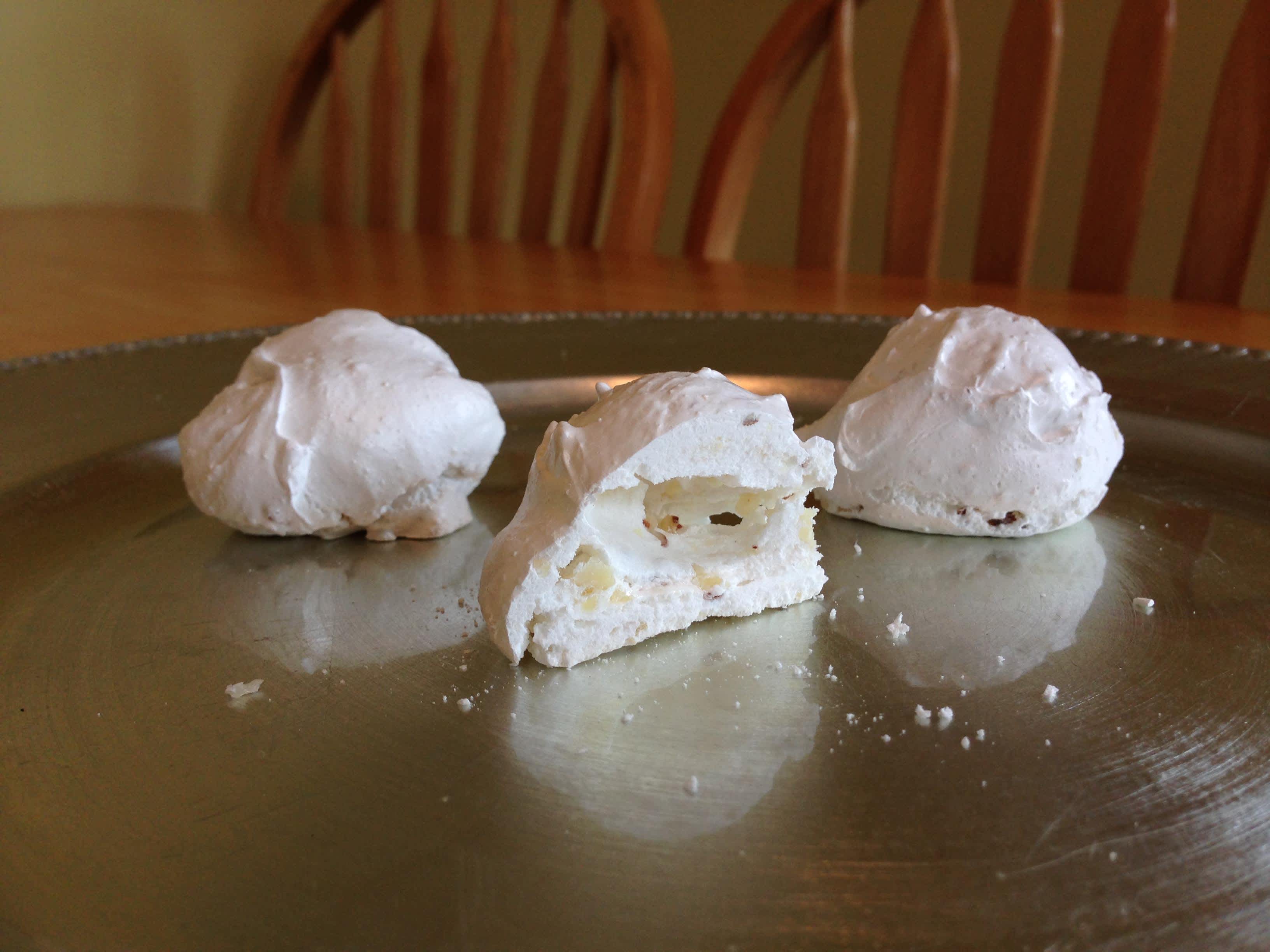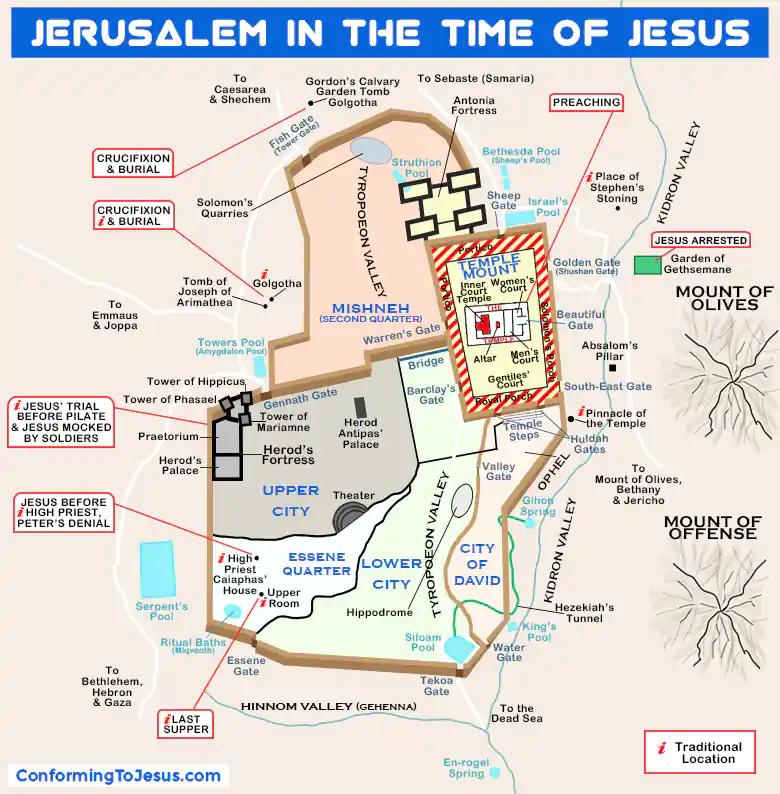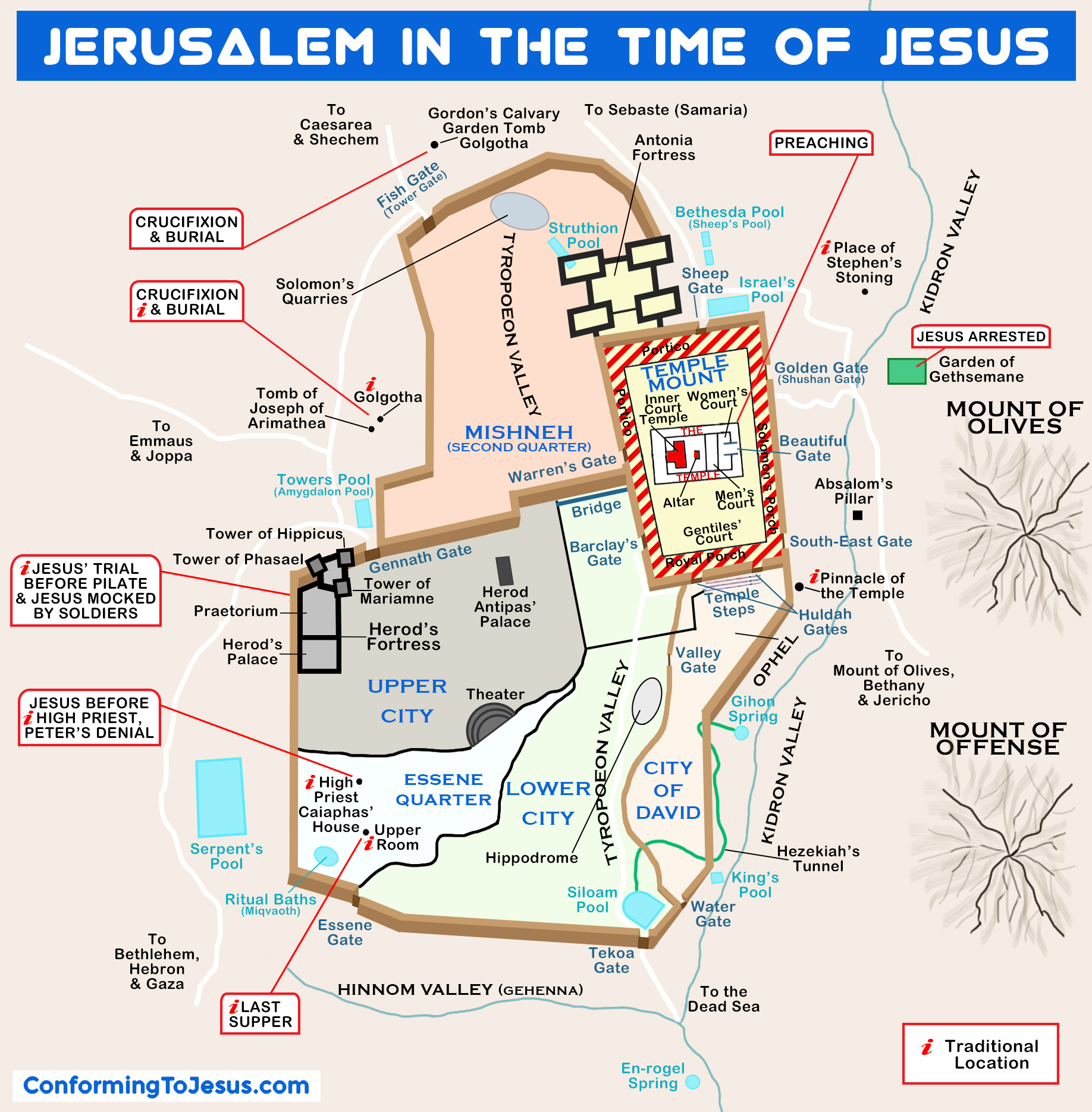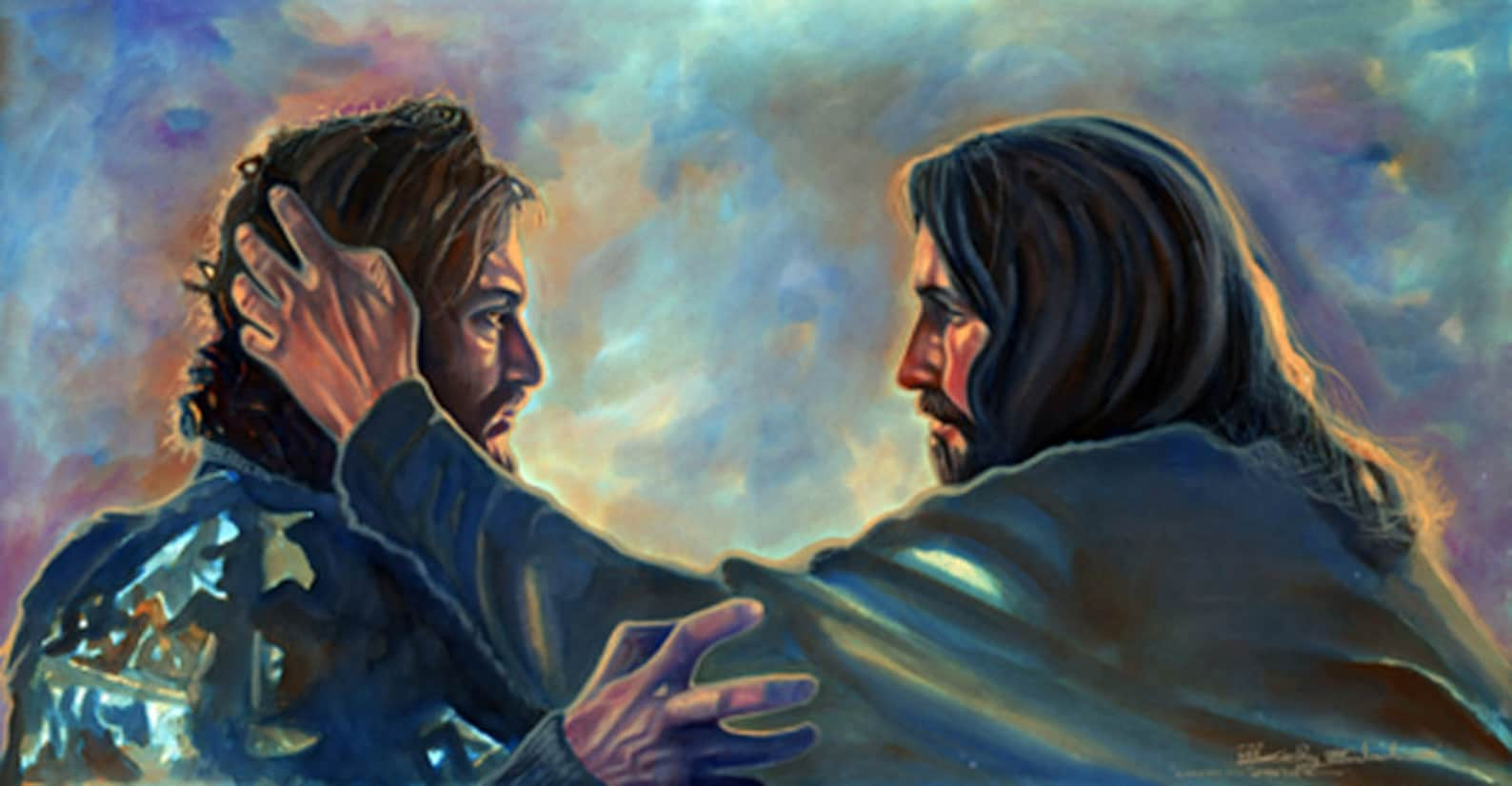BACKGROUND AND LINKS
Sunday at Sunrise
239. Jesus rises from the dead: Matthew 28:1-7, Mark 16:1-8, Luke 24:1-12, John 20:1-10
Try a recorded Imaginative Contemplation of the Resurrection.
He is RISEN! This proves the Kingship of Jesus Christ! He fulfilled His claim that He would lay down His life and take it up again (John 10:17-18).
The order of events can sometimes be confusing when looking at all four accounts. I will try to explain it all in order.
Before sunrise, an earthquake happened and an angel rolled away the stone and frightened the guards of the tomb (Matthew 28:2-4).
At early dawn, the women who followed Jesus brought spices to anoint His body. The women mentioned were Mary Magdalene (Luke 8:2, Mark 16:9), the "other" Mary who was the mother of James and Joses and wife of Clopas (Mark 15:40; John 19:25), Salome (Mark 16:1), and Joanna (Luke 24:10). We do not know who the "other women" included (Luke 24:9). Since women bring people into the world, it was only appropriate that at least two mothers would be the first to discover the empty tomb!
Mary left to go and tell Peter and John (John 20:1-2). While she was gone, the other women saw two angels who told them Jesus had RISEN (Matthew 28:5-7; Mark 16:5-7; Luke 24:4-8). The Matthew and Mark accounts focus on only one angel.
Mary came back with Peter and John to tell them that Jesus was not in the tomb, but she did not know that He had risen (John 20:2). Isn't it funny that John, the author, would say that he beat Peter in a foot race back to the tomb (John 20:4)? They saw the linen wrappings but still did not understand that Jesus had risen (John 20:9). So, they went back to their homes.
Many commentators believe that Mark ended his gospel here and an anonymous writer added Mark 16:9-20. They believe this was done shortly after A.D. 100.
This next event is not recorded in Matthew but helps in understanding the chronology of events and might be helpful to read.
240. Jesus appears to Mary Magdalene: Mark 16:9-11; John 20:11-18
Mary Magdalene stayed outside the tomb crying and after seeing two angels, she saw Jesus (even though she did not recognize Him at first). It is interesting to note that "no Jewish author in the ancient world would have invented a story with a woman as the first witness to this most important event" (The Bible Knowledge Commentary: New Testament, John 20:10-14). Jesus tells Mary to "stop clinging/do not hold on" because He wanted her to hurry and tell the disciples that He had risen! The clause in Greek implies it was His disciples (followers) in general and not just the Eleven. It is so sad that they refused to believe her report.
241. Jesus appears to the women: Matthew 28:8-10
The women were told by one of the angels to tell the disciples. Then they saw Jesus on the way and worshiped Him! Amazing that the first two appearances were to women!
His third appearance was to Peter and is not described but mentioned in Luke 24:34 and 1 Corinthians 15:5.
242. Religious leaders bribe the guards: Matthew 28:11-15
Those soldiers who had fainted because they saw the angel roll away the stone had to be hushed up, but not even a bribe from the religious leaders to make the soldiers say the body was stolen could counteract the truth of His resurrection because of so many witnesses!
Later in the Day
243. Jesus appears to two believers traveling on the road: Mark 16:12-13, Luke 24:13-34
Try this Imaginative Contemplation of this passage:
Here is a link to it written out.
It was not until after He had broken bread with them
that their eyes were opened enough to recognize Him. Then they recalled how His words had burned in their hearts. They hurried back to Jerusalem to tell the disciples.
One commentator believes the two disciples were Cleopas and his wife because usually when there was no name mentioned, it was probably a woman, but they mentioned all the other women in the resurrection events. So why would they not mention her?
Evening
244. Jesus appears to His disciples: Luke 24:35-43, John 20:19-23
While Cleopas and his friend (or wife) were excitedly telling the disciples about their experience, Jesus appeared in the shut room (John 20:19). They were afraid even though some of them had already seen Jesus. He greeted them in peace and calmed their fears by showing them His hands and feet and eating. He really was bodily there and not just a ghost. This was just too good to be true (Luke 24:41). Jesus really was alive!
And with that, He commissioned them to go out and tell the world that He was alive! He said, "Receive the Holy Spirit." This is reminiscent of how God breathed life into Adam (Genesis 2:7). They had been given "breath" for their spiritual life. The full baptism of the Spirit would come at Pentecost (Acts 2)!
John 20:23 is confusing. It does not mean that the disciples were the only ones who had the authority to forgive sins, but they "proclaimed forgiveness on the basis of the message of the Gospel" (The New Testament: An Expanded Translation). As they went out, they announced the good news of salvation in Jesus Christ that if a sinner repented and believed in Jesus Christ, their sins would be forgiven! If they believed, the messenger could proclaim, with authority, that their sins were forgiven by God.
APPLICATION
Celebrate this Resurrection Day with those you LOVE!
HE IS RISEN!
PRAYER
Thank You for Your plan from long ago that You would redeem us and cause those who believe to rise with You! Amen.








